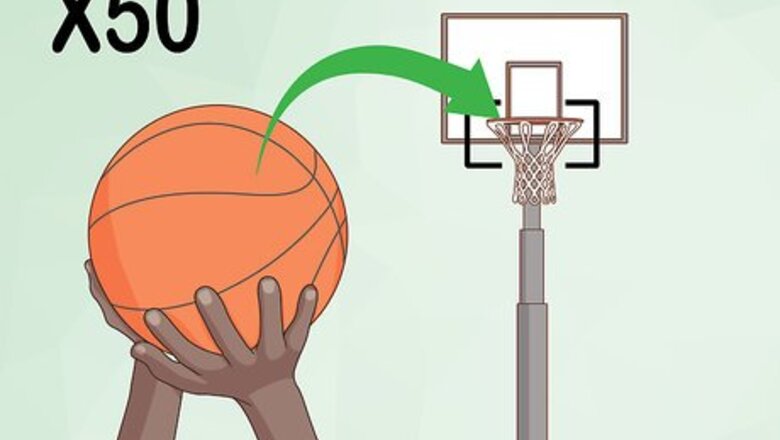
views
Improving Your Shooting
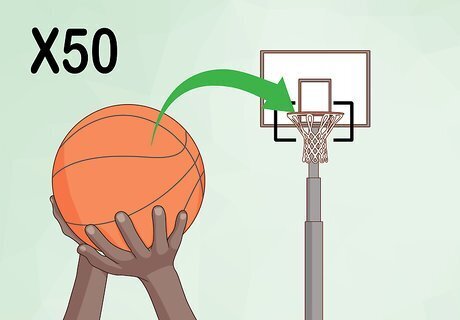
Practice a basic stationary shot. Practice makes perfect when it comes to getting a good shot. Try to set aside some time each day to just work on basic shooting. Start close to the basket and back further and further away as your shots begin to consistently go in. Some useful tips include: Focus on your target (the rim). Finish your shot with a relaxed wrist. Develop a strong arc. Do 50 easy shots before every practice and game.
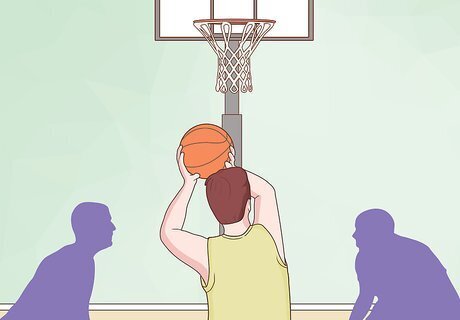
Finish team practice with free throws. A free throw is a simple, straightforward shot, but it’s easy to miss when all eyes are on you. At the end of practice, stay for a few more minutes and practice some free throws. You’re typically exhausted during a game when you have to do a free throw, so it’s better to work on them at the end of practice when you’re fatigued. Develop a routine that you do every time you’re about to shoot a free throw. Whether you bounce the ball twice and spin it in your hands or just take a deep breath, having a routine will help you focus and have confidence.
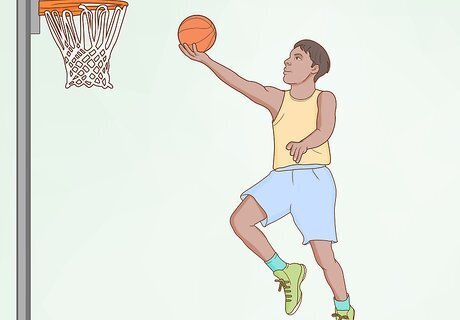
Improve your layups. Layups are one of the easiest shots to make and you’ll most likely use them a lot. Whether you’re playing a small pickup game with some friends or just shooting hoops by yourself, take layup shots frequently to improve your confidence and consistency. When doing layups, focus on your speed, footwork, and ball control. Strength in these areas will often set you apart from your opponent. As you improve, practice slightly more complicated types of shots that are similar to layups, such as hook shots.
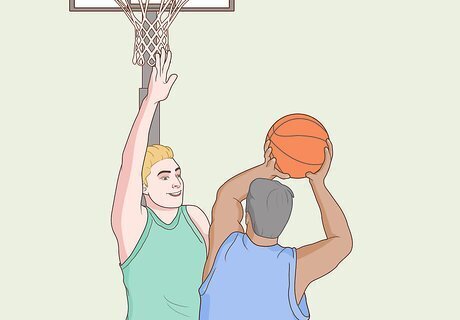
Practice shooting with defensive pressure. During a game, you’ll rarely have a chance to take a shot while just standing in one place. Many shots you take will require that you pivot or shoot immediately after dribbling to get around your opponent. Play one-on-one with a teammate or friend to get used to shooting under pressure.

Film yourself shooting. It’s harder to identify what might be holding you back when you aren’t sure exactly what your shot looks like. Get a friend, teammate, or coach to film you shooting the ball and then watch and analyze the video. This can help you recognize your errors and make necessary changes.
Improving Your Ball-Handling Skills
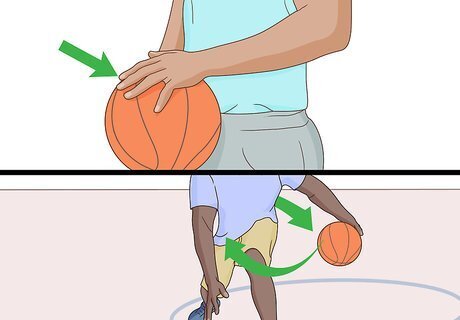
Do some stationary ball-handling drills. By working on ball-handling drills for just 10 or 15 minutes a day, you can gain the comfort and confidence that you need to get the ball down the court, even with defensive pressure. These drills can help you develop better control of the ball, which may enable you to move around opponents quickly and effectively. Work on one or more of the following drills each day: Ball slaps: Hold the ball in one hand and slap it with the other. Then switch hands. Body circles: Use both hands to move the ball in a clockwise circle around your head, waist, and knees. Then reverse the order (knees, waist, head) and switch the direction to counterclockwise. Figure eights around the legs: Weave the ball around and in between your legs in a figure-eight pattern.
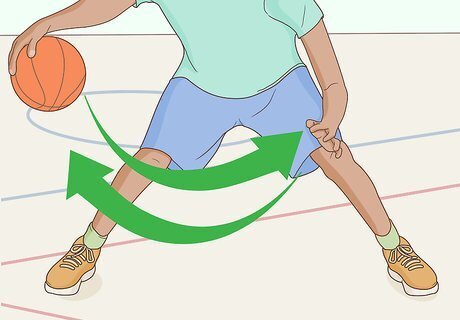
Work on the “in and out” dribbling move. Act like you’re going to dribble the ball right but instead of dribbling it to the right of your right leg, direct the ball in between your legs with your right hand. Then, immediately direct the ball to the left side of your body with your right hand. Continue to dribble to the left. This move acts as a fake-out and can fool your opponent.

Try the cross hesitation. Bounce the ball from one hand to the other in front of your body. Start to bring your shooting hand up like you’re getting ready to take a shot, and then let the ball drop to your side at the last second. This will confuse your opponent and give you just enough time to blow past them.
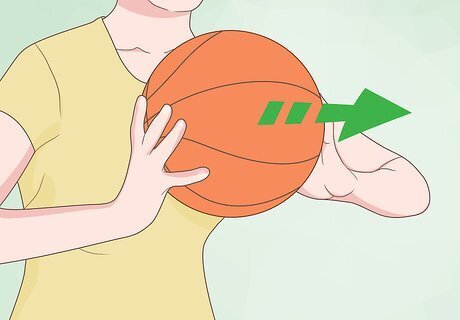
Develop passing skills. Being able to pass the ball accurately and efficiently is a vital part of being a good offender. Focus on developing a strong, crisp, one bounce pass that opponents have a hard time intercepting. This will minimize turnover and lead to more offensive opportunities. Improve your passing by playing 3 versus 3 without any dribbling allowed. This will force you to work on your shooting and pivoting in addition to your passing.
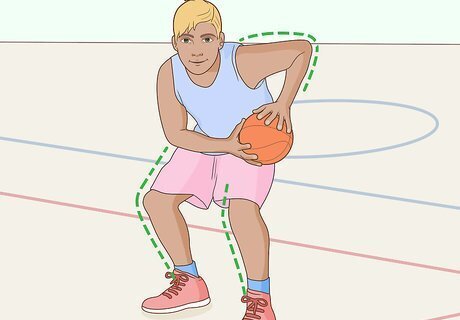
Learn and adopt the triple threat position. By using this position, you’ll be able to shoot, pass, and dribble the ball while a defender is on you. Get into position by catching the ball, bending your knees, and holding the ball in shooting position with your elbows pointing outward. This will help you protect the ball from defenders who will try to get it away from you. Focus on using your pivot foot, staying crouched, and keeping your head up. Observe your teammates and opponents on the court. Based on their positioning and availability, decide whether passing, shooting, or dribbling is the smartest choice.
Being Active on the Court
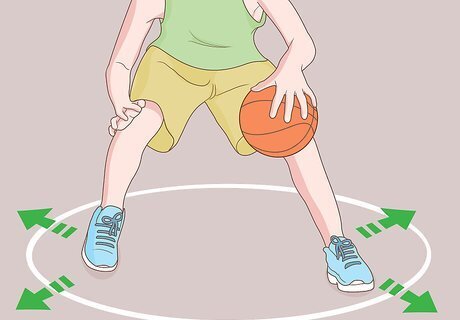
Stay mobile on the court. Practice not standing still on the court for longer than a few seconds at a time. Constantly make cuts and try to get open for passes from your teammates. When you’re constantly moving around, you get more opportunities to make big breaks down the court and also distract and tire the opposing team.
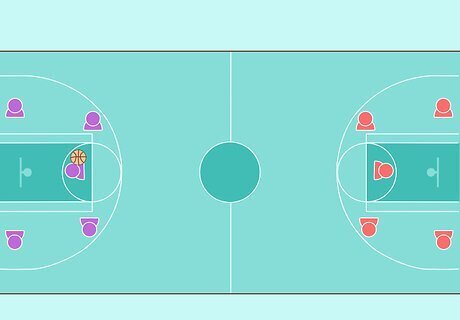
Practice having good court awareness. In order to be a good offensive player, you need to pay attention to what’s going on at all times. This will help make you ready to receive passes and take advantage of broken plays. Watch first and foremost where the ball is, and also pay attention to where your teammates and opposing players are. Never turn your back on the ball.
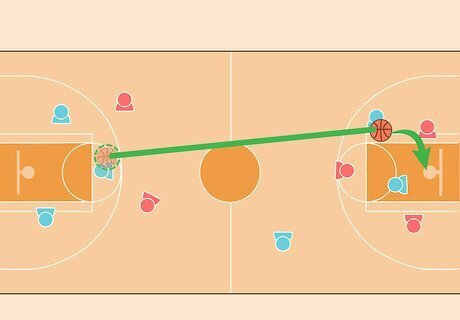
Get the ball down the court quickly. When you decide to make a break towards the other side of the court, fully commit to your decision by moving as fast as you can while remaining in control. The faster you get down the court, the more time you’ll have to take a shot without the pressure of defense.
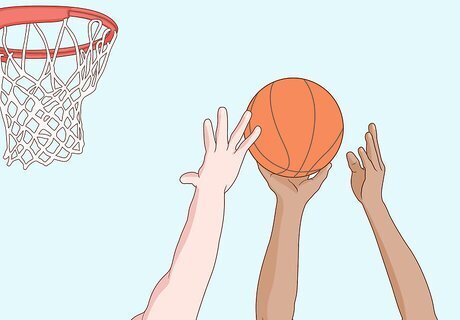
Go for rebounds whenever you can. Always be ready to act on a missed shot. You and your teammates will miss shots from time to time. By staying near the basket as the shot is made, you can be ready to jump up and at least attempt to get it in before any opponents grab the ball and take it to the other side of the court. Some ways to improve your rebound include: Start moving as the shooter uncoils instead of waiting until the ball is already in the air. “Box out” other opponents by getting in between them and the basket.
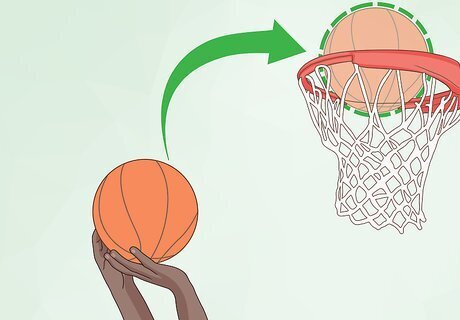
Create your own rebound opportunities. Throw the basketball at the backboard or the back of the rim and then immediately go after it and try to make a shot as soon as possible. This will help you learn how to anticipate rebounds and react to them as quickly as possible.

Minimize your dribbling. Dribbling too much can slow you down and give the defense time to set up. Make sure to incorporate as much passing, cutting, and shooting as you can. When you’re dribbling, try not to stop and stay stationary. Instead, dribble in a direction until you can finish your dribble with an immediate pass or shot.
















Comments
0 comment